Endangered Species Under Attack
The News
During the past several years, Congress has been waging a war on the Endangered Species Act (ESA), a federal law that has been instrumental in protecting animals (and plants) threatened with extinction. Between 2011 and 2015 alone, over 50 bills have been introduced, largely by Republicans, targeting the ESA.

In 1973, President Nixon signed the Endangered Species Act, which protects species threatened with extinction such as the ocelot (top) and the California tiger salamander (bottom). (tiger salamander photo: Gary Nafis)
The most recent bill, the “Endangered Species Management Self-Determination Act” (May 18, 2016), would do the following, if passed into law:
- Delist a species after five years (ESA protection would only be reinstated by a joint resolution in Congress)
- Remove ESA protection from all Puerto Rican and Hawaiian species
- Remove ESA protection from species endemic to one state
- Require approval by both the states and Congress to grant ESA protection to a species
- Allow government officials to ignore petitions seeking the addition of a species to the endangered species list
Defenders of Wildlife, a U.S.-based conservation group, estimates that 900 species could lose their ESA protection if this bill is passed.

The crested honeycreeper (left) and the akekee (right), both from Hawaii, would lose their protection under the Endangered Species Management Self Determination Act. (honeycreeper photo: Jack Jeffrey, akekee photo: Eric Vanderwer)
Other attacks on the ESA include bills that would require the U.S. Fish & Wildlife Service (FWS) to publicly share data on where endangered animals reside, including detailed maps (ex. S. 292) — information that would make poaching easier. Members of Congress have also introduced bills to sabotage the process of granting a species protection by requiring the inclusion of inaccurate/outdated data (provided by state governments) in the decision-making process (ex. S. 736). Another commonly used Congressional tactic is to limit funds for upholding the ESA.
Over 100 bills have been introduced targeting individual species. Three recent bills, when combined, would prevent grey wolves from being listed as endangered or threatened in six states. Management of the grey wolf populations would also be returned to the states, a move which has, in the past, led to mass slaughter.
Another bill – the “Mexican Wolf Transparency and Accountability Act” – would remove virtually all protections for the Mexican grey wolf, a species rescued from near extinction by a tedious captive breeding program spanning almost 40 years. Only around 100 wild Mexican grey wolves remain in the United States (primarily in Arizona and New Mexico).

The Mexican grey wolf was rescued from extinction by a captive breeding program but is now at risk of losing nearly all its government protection. (Jim brandenburg/ Minden)

On May 24th, representative Ken Calvert introduced legislation to permanently prevent the greater sage grouse from being listed under the ESA. (Danita Delimit)
In March 2016, the FWS announced that it is planning to remove ESA protection from Yellowstone grizzly bears, even though the population consists of only about 700 animals.
Attempts to weaken the ESA are especially troubling in light of how effective it is. For example, a recent study conducted by the Center for Biological Diversity found that 85% of continental U.S. birds protected under the ESA have increased or stabilized their populations since receiving protection. The recovering bird species range from Puerto Rican parrots and Californian Condors to wood storks and Kirtland’s warblers. The wood stork’s population, in particular, jumped from 29 nesting colonies in 1984, when it was listed under the ESA, to over 10,000 in 2015.
Your Turn
To learn more about Congress’s attempts to weaken the ESA, please visit Center for Biological Diversity
Please take the following steps to help safeguard the Endangered Species Act and the animals that it protects:
- To find out more about federal and state bills that could affect wild animals and the ways in which you can help to pass or defeat them, please visit Born Free USA
- To find out about federal and state bills that could affect all animals, including endangered species, and the ways in which you can help to pass or defeat them, please visit Humane Society of the United States
Filed under: WIldlife
Tagged with: bears, Defenders of Wildlife, Endangered Species Act, U.S. Fish & Wildlife Service, wolf




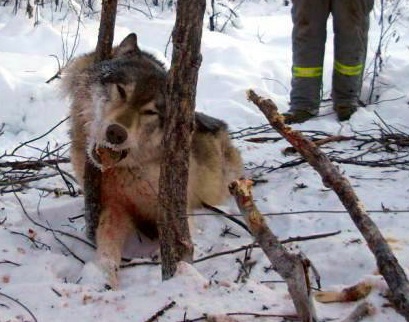
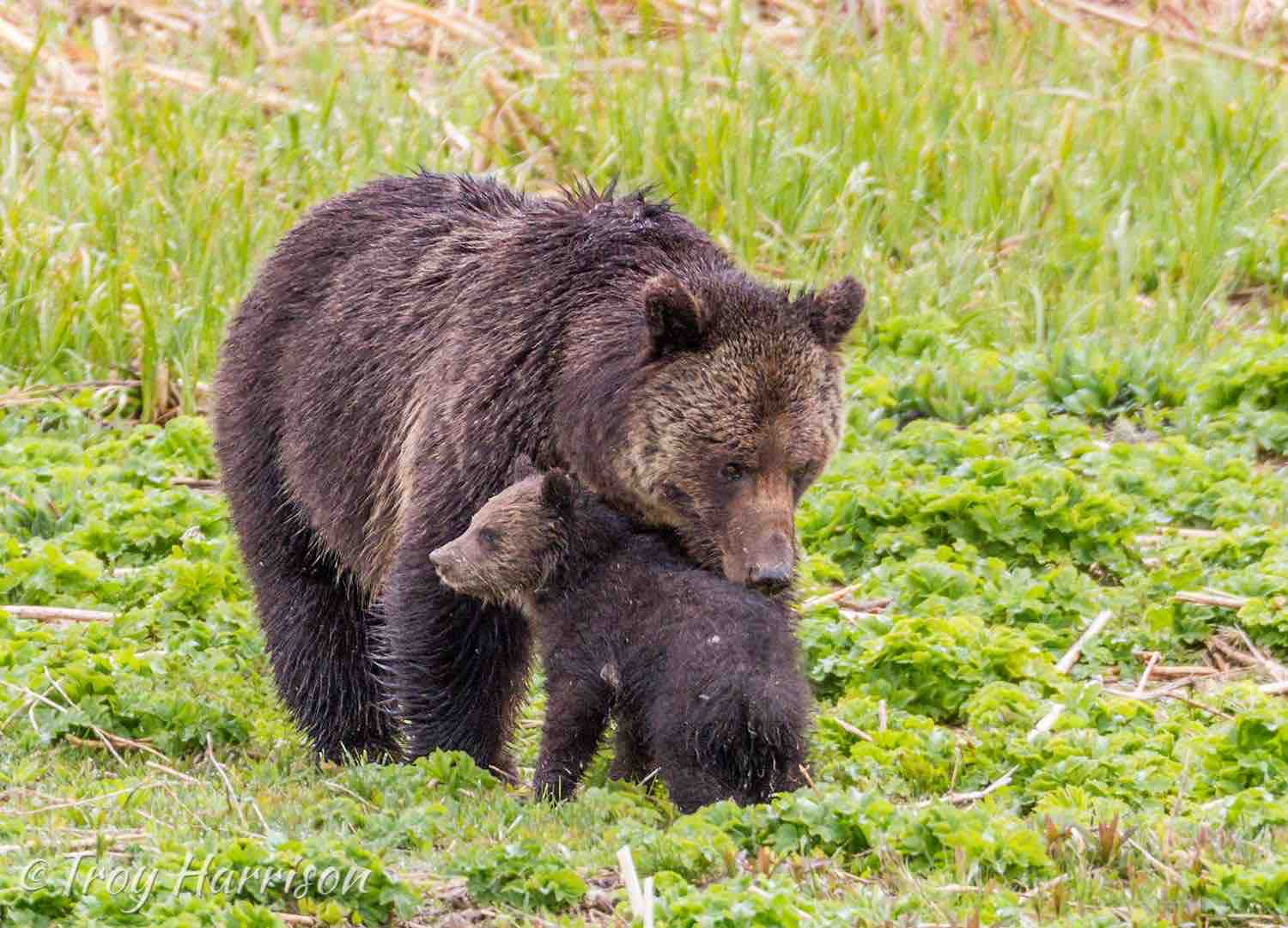
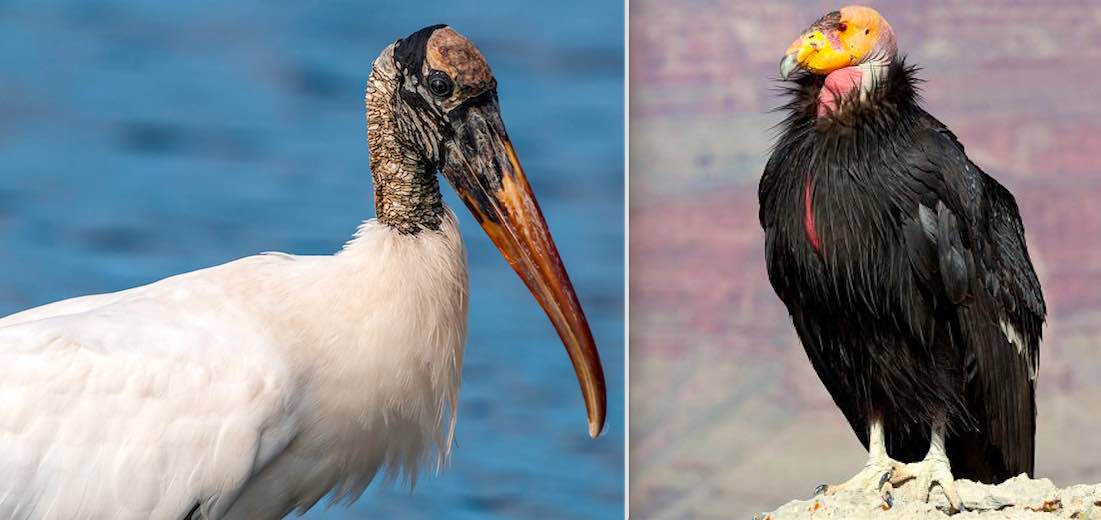
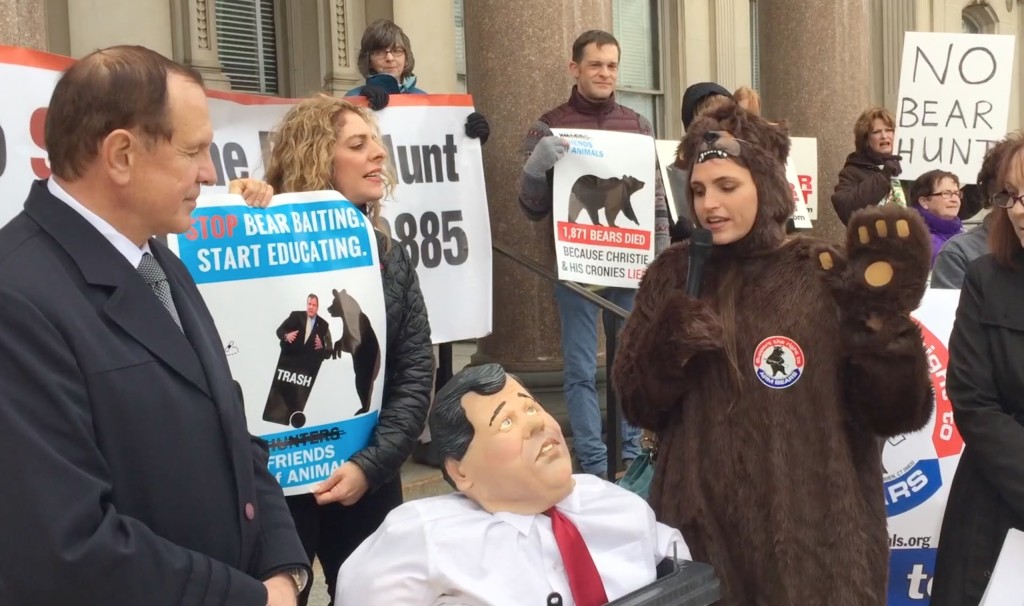

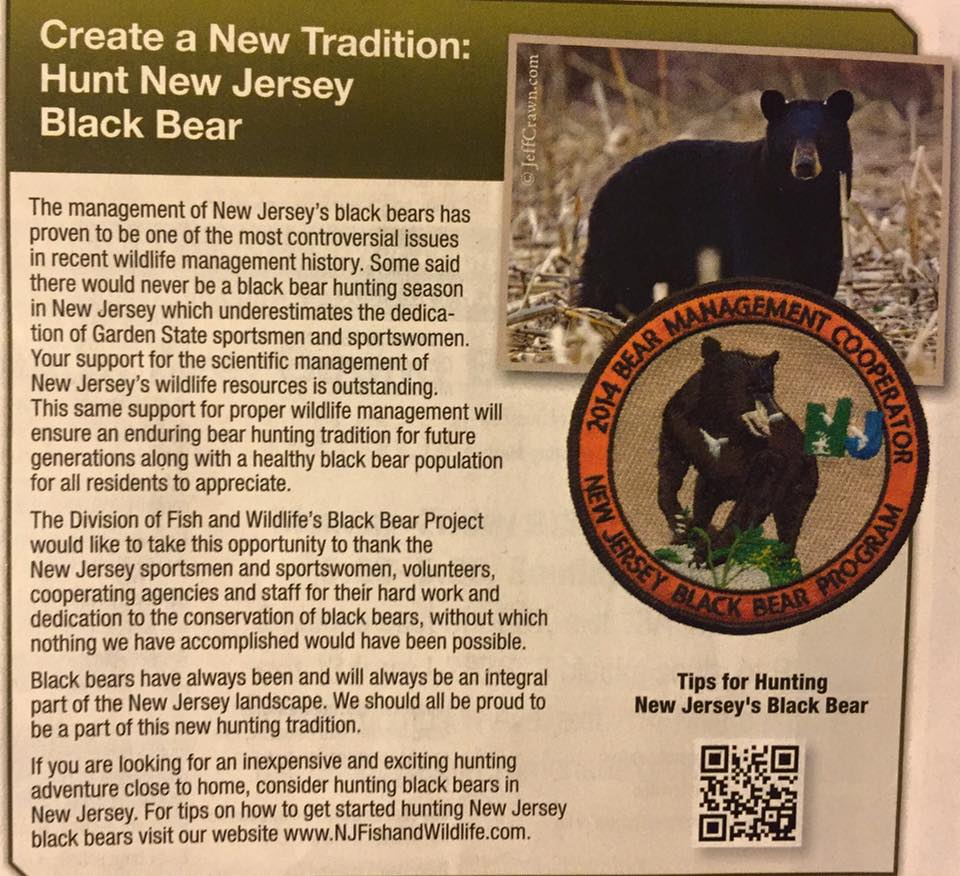
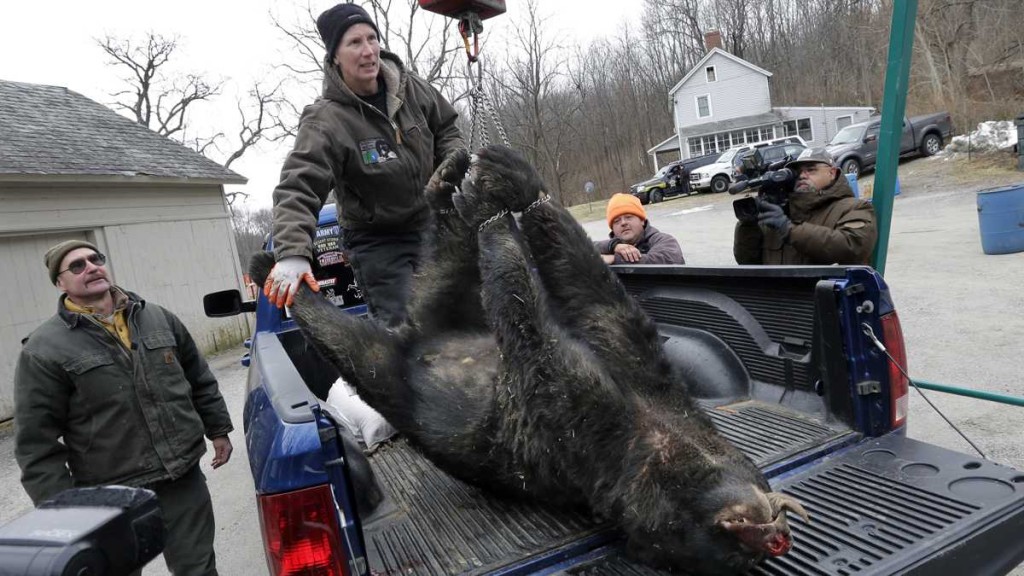
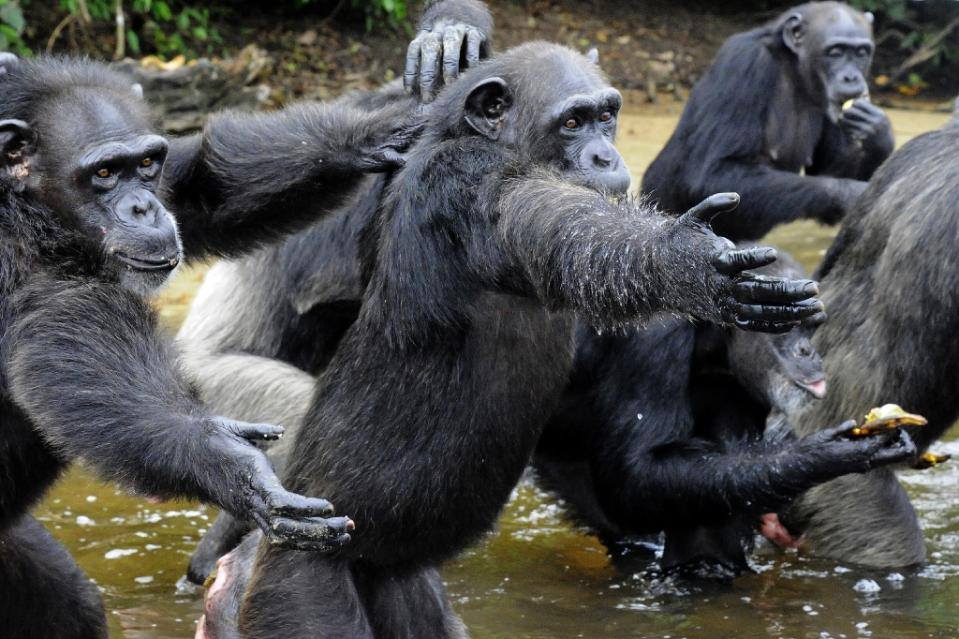

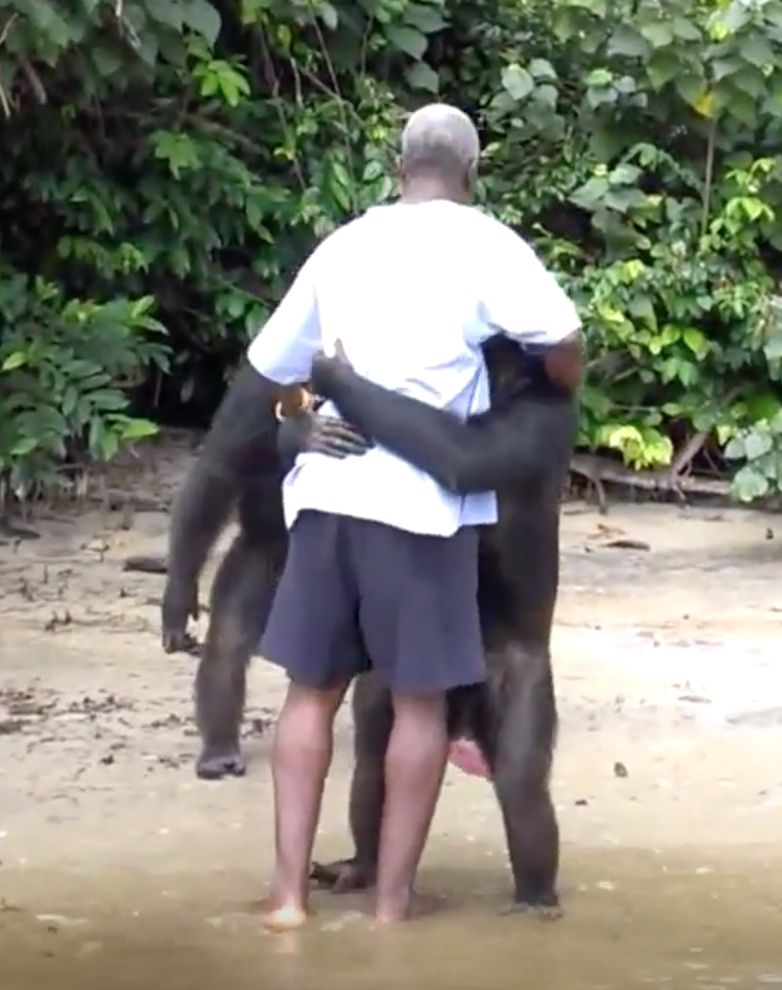
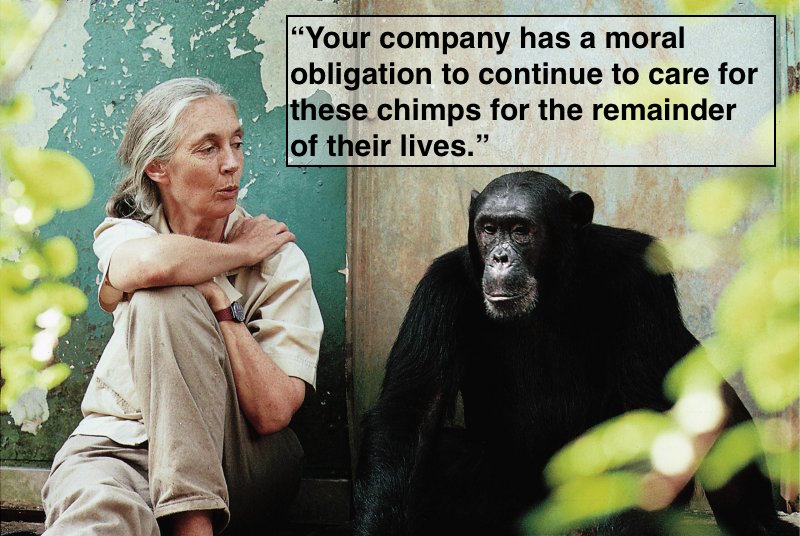
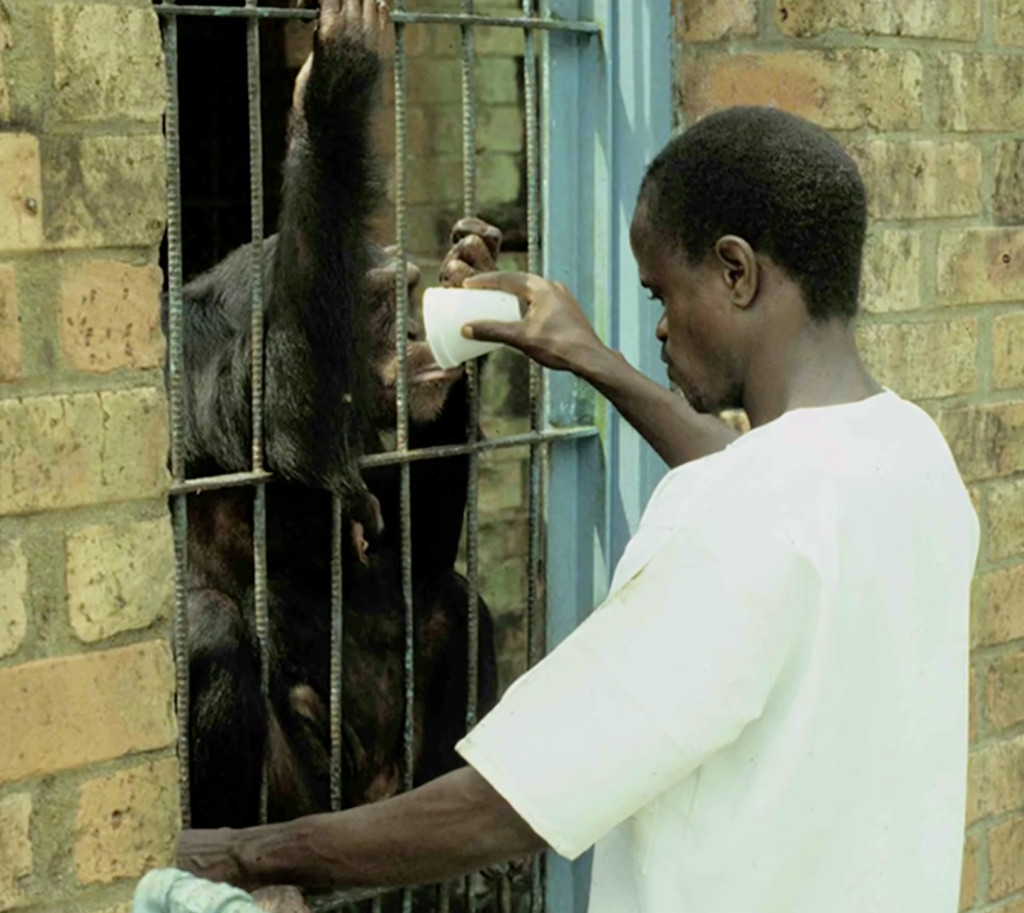
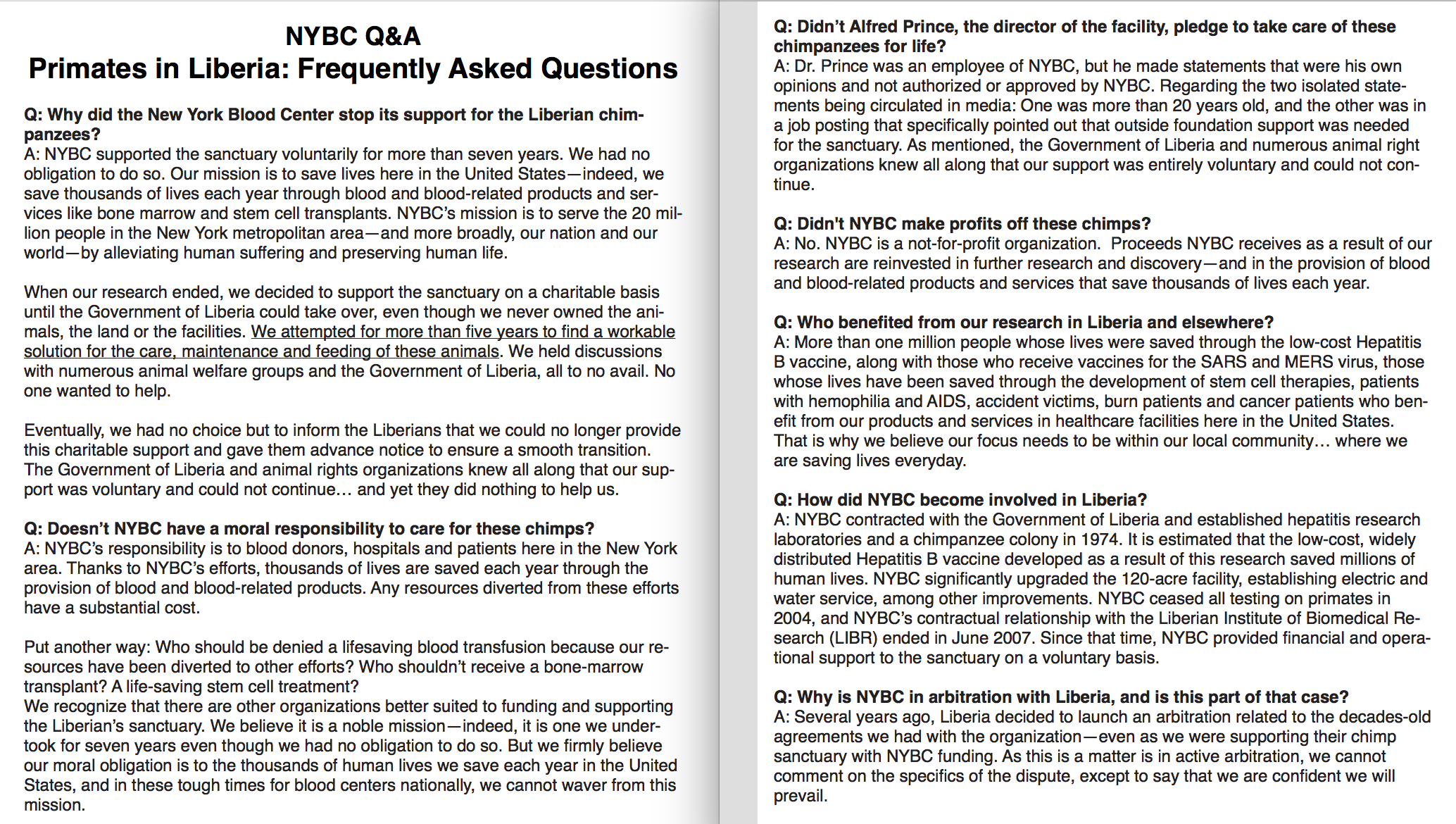
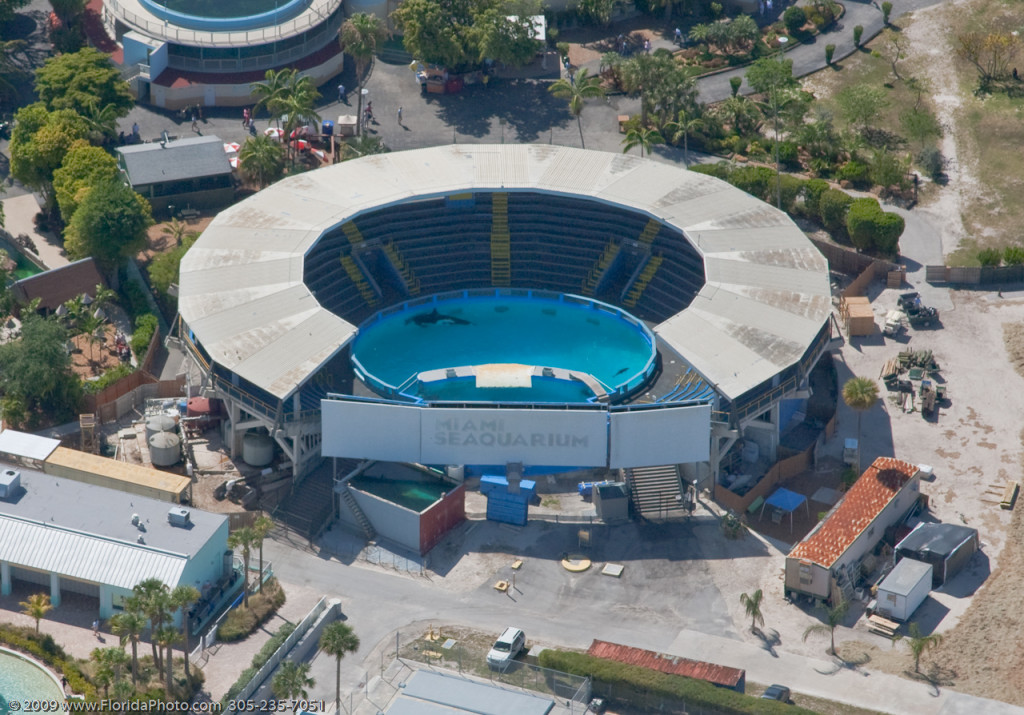

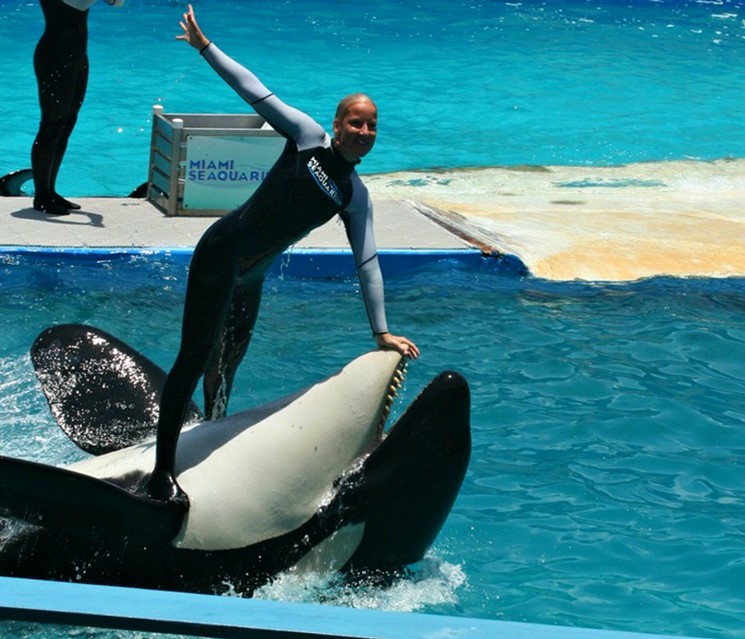








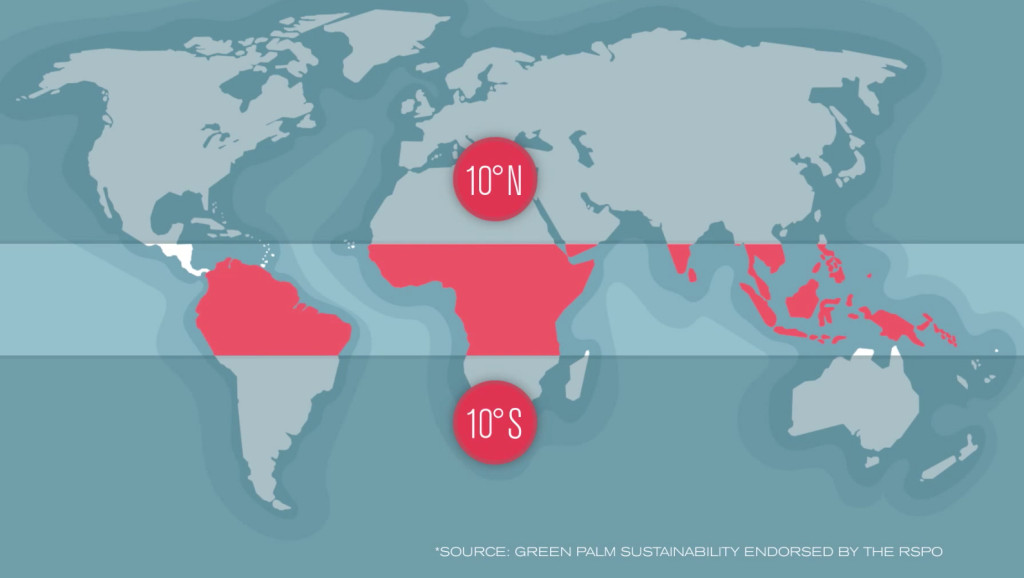
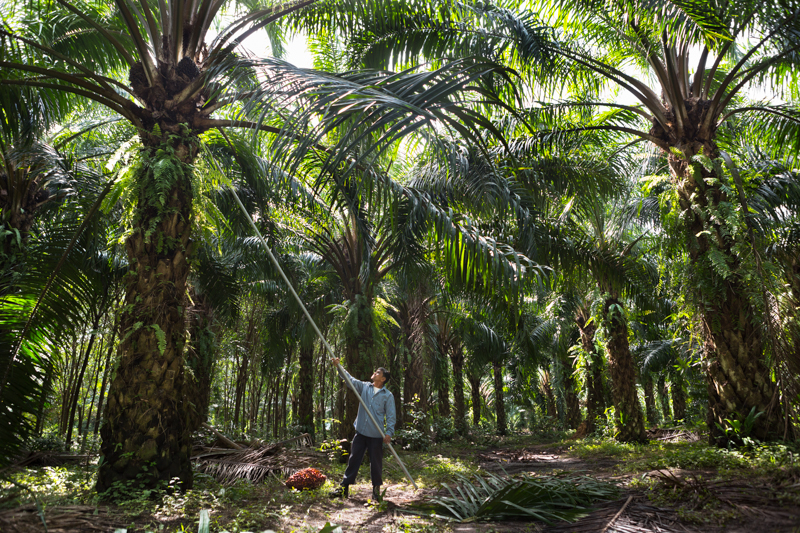
Follow Their Turn